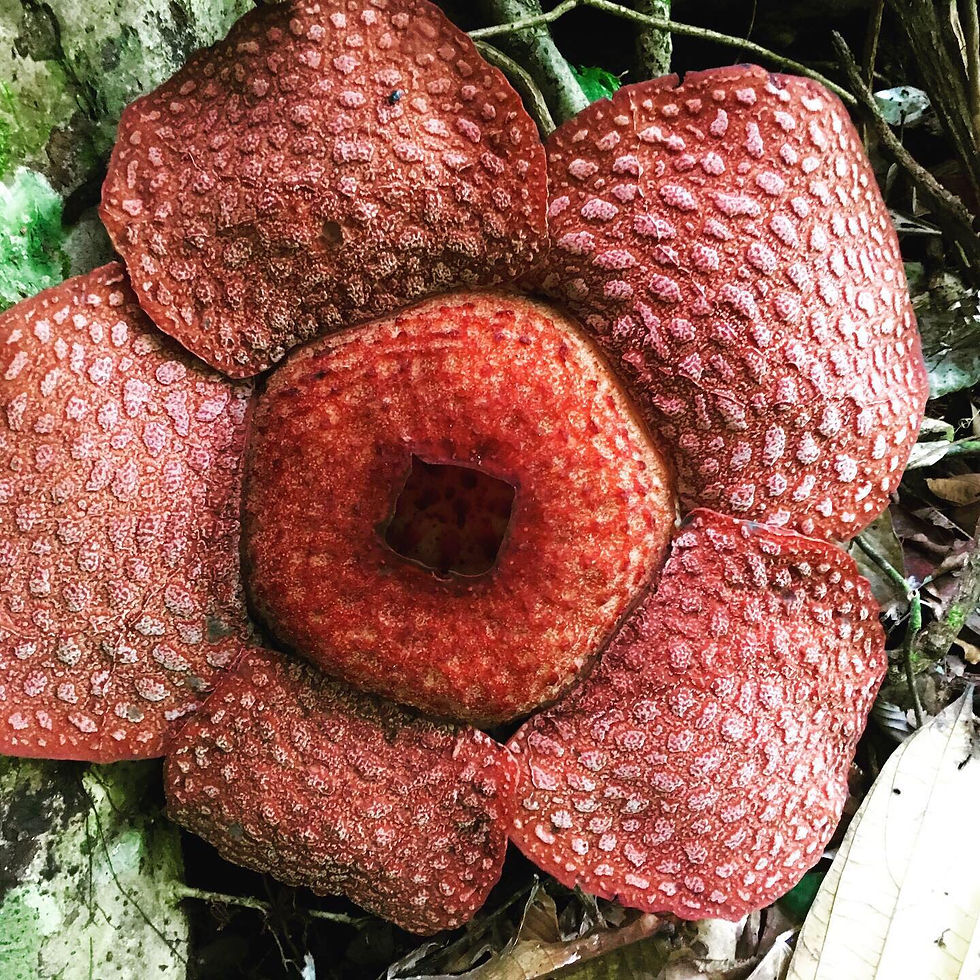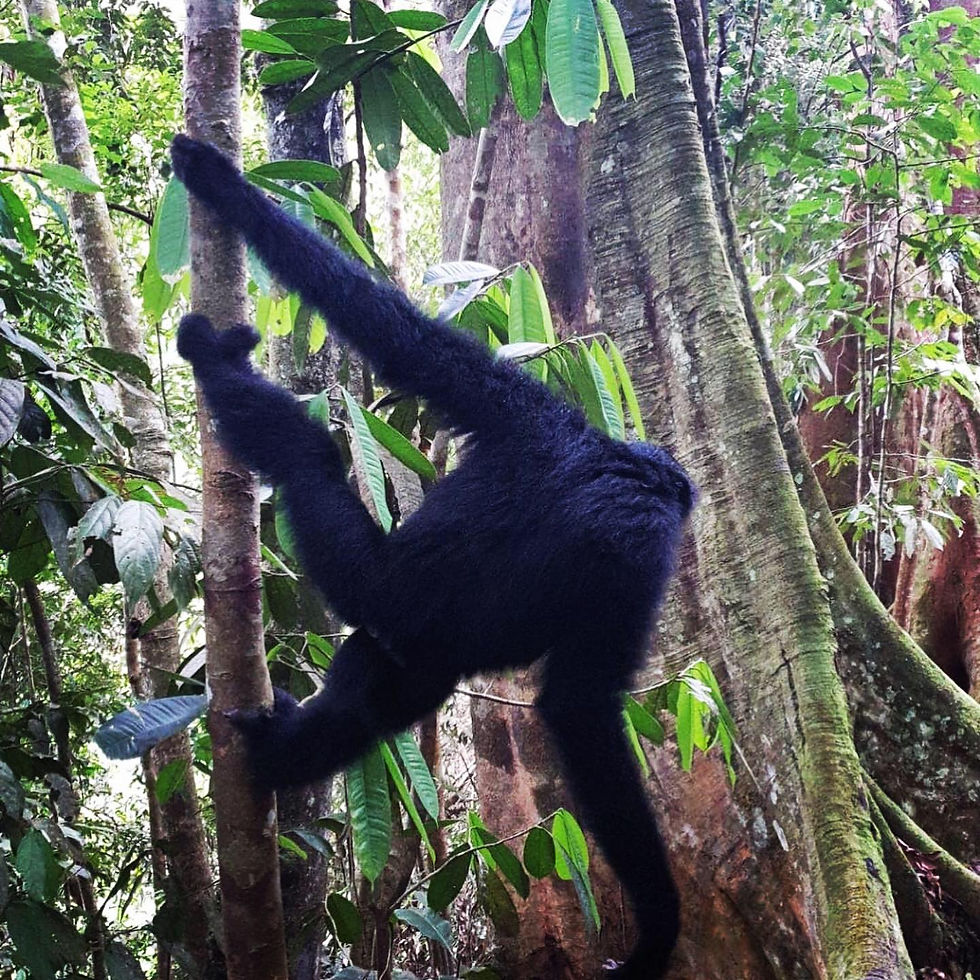If you want a truely authentic jungle experience then look no further. Our two day trekking option is the most popular. This trek allows you to go deeper into the jungle with more chance to see wildlife such as the Orangutan and various types of monkeys. After a satisfying day trekking you will arrive at our camp based close to small river. Later you will be treated to local meal prepared by our camp chef. The next day you will get the chance to visit a beautiful waterfall before an exhilirating raft ride back to your starting point.
Two Day Trekking
North Sumatra is a photographers dream with its vast rainforests filled with unique wildlife, steaming volcanoes, and lush green rice fields. We can provide a package to help you find and photograph these wondeful places. Whether you want to photograph orangutans, birds, macro flower photography or cultural photos, we can help organise your trip.
We believe photography is a great way to raise awareness about the rainforest and Sumatra's critically endagered animals.
Get in touch to discuss further.

Starting from Bukit Lawang we will travel to the remote eco-tourism village of Batu Katat, located 18km away at the border of the national park. Batu Katak is a small village bordering the Gunung Leuser National Park. It consists of small typical wooden houses nestled along the Berkail River.
The surrounding area consists of some rubber and palm plantations, but the most important and interesting feature are the karst forests; towering limestone rock cliffs and cave systems. Protecting these forests is incredibly important for wildlife, as they are home to the Black Gibbon, White-handed Gibbon, Hornbill, and the Sumatran Orangutan.
It is also home to two of the worlds most unusual lowers- the Rafflesia Arnoldi and the The Amorphophallus titanum aka Corpse Flower.
In Indonesia, its name "bunga bangkai" translates to Corpse Flower. This Flower is endemic to Western Java, Central and North Sumatra. The flower is rare to see, until 1989, fewer than 30 flowerings were recorded to have occurred in botanical gardens worldwide.
The Amorphophallus titanum
In Indonesia, its name "bunga bangkai" translates to Corpse Flower. This Flower is endemic to Western Java, Central and North Sumatra. The flower is rare to see, until 1989, fewer than 30 flowerings were recorded worldwide. It is the tallest recorded flower, measuring 3 meters when fully grown.
Rafflesia Arnoldi
Commonly refered to as the 'Corpse Lily' this flower is the largest individual flower on Earth. It i a very are flower, but can be found growing in the forests aurroundin Batu Katak. These flowers can take months to develop but only last a few days, so it is a really fortunate to be able to see them in North Sumatra.
Supporting the community of Batu Katak and their eco-conscious treks to see the flower is vitally important. This remote village is very poor, and without the support of tourism, the villagers reply on palm oil, poaching, illegal logging and other unsustainable forms of income. In addition, the limestone cliffs are under threat of mining from cement companies which would have a devestating effect on the wildlife that thrive in the forests.
Contact us for more information on how you can support this community, or to take part in a seasonal flower trek.










